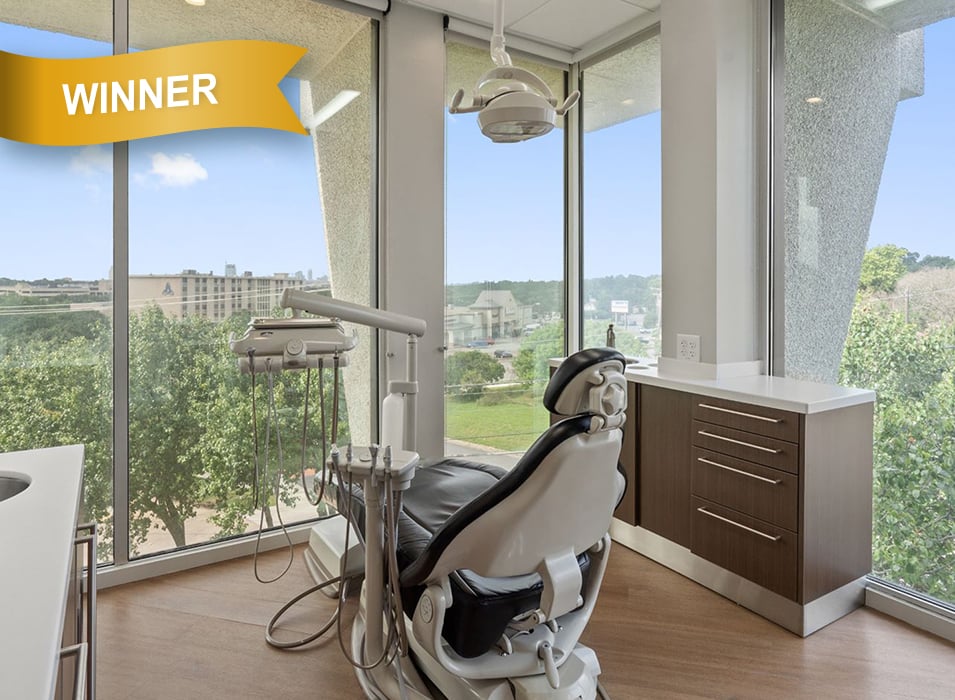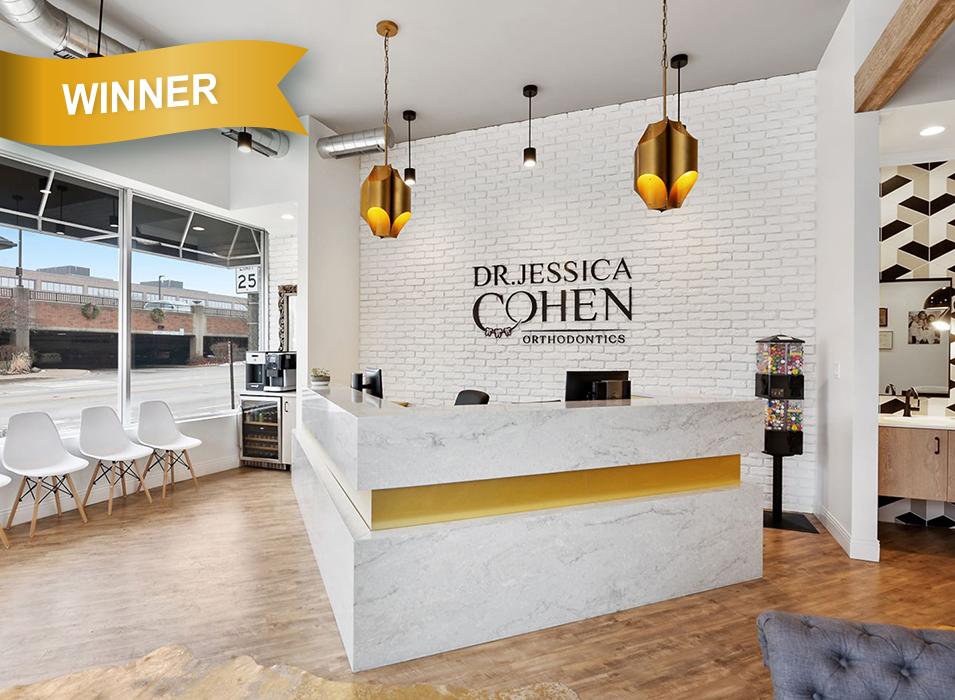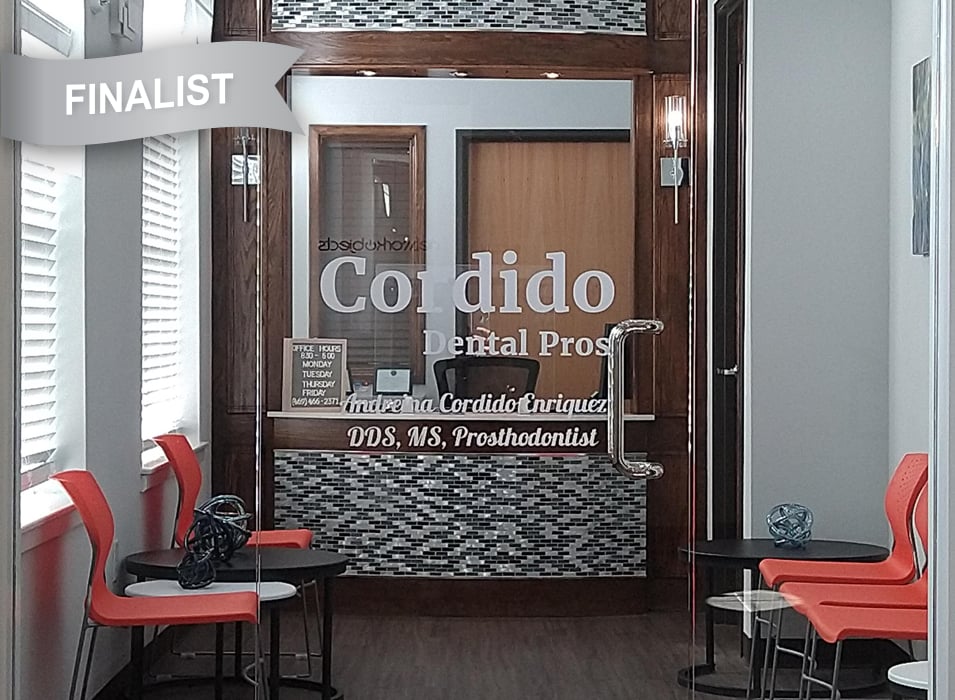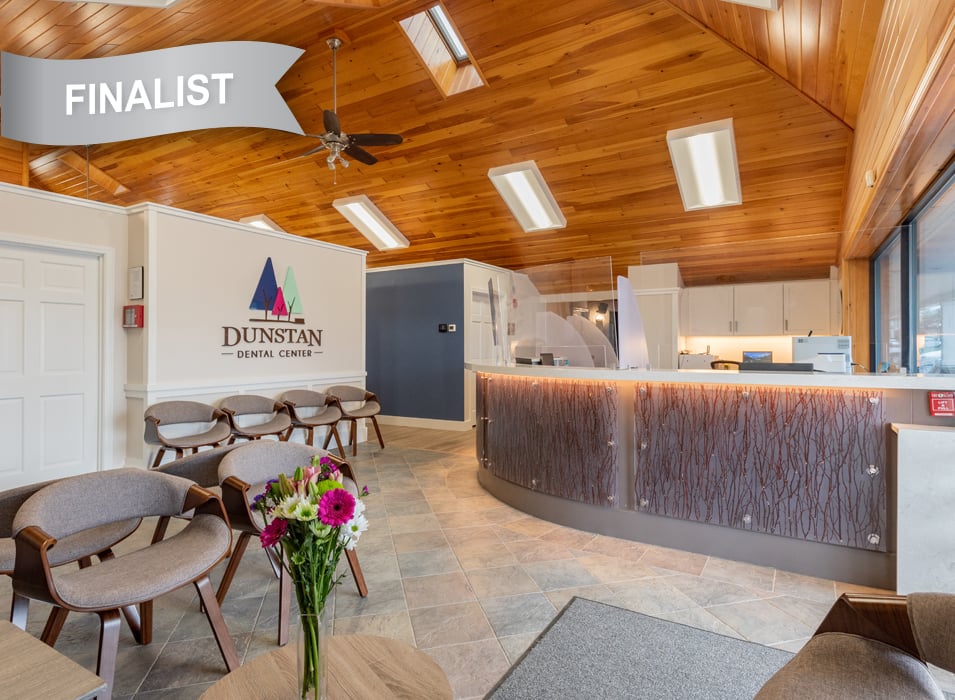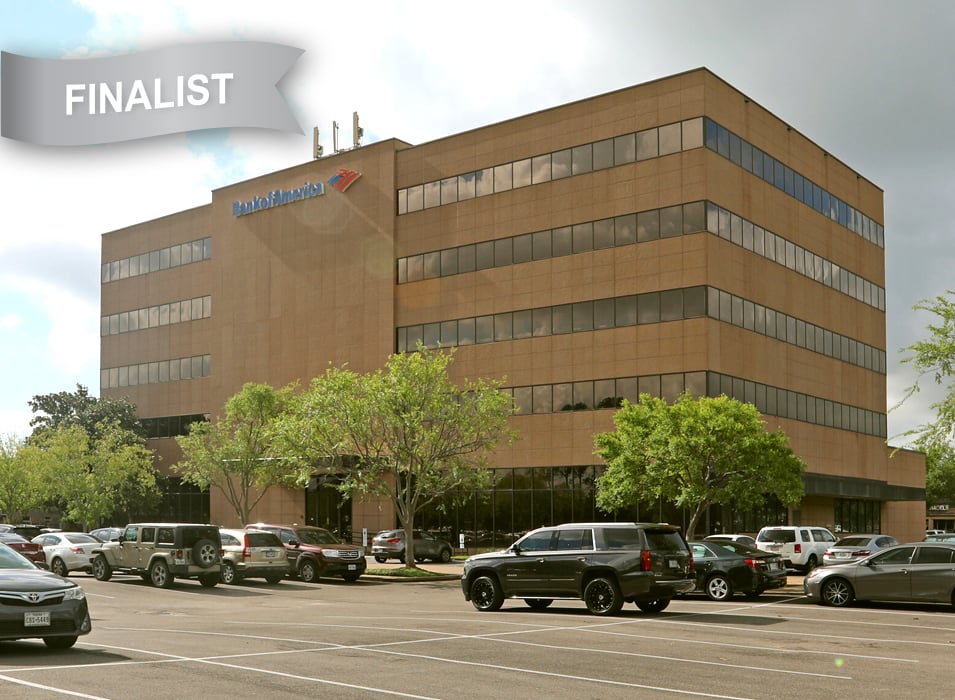How to Design and Equip
Your Dental Office for Success
Helpful How-Tos

Vlatka Puljic
National Director of Industry Programs, BMO Harris Bank
According to a recent poll in the ADA Finance and Operations Huddle, 45 percent of respondents are planning some form of practice renovation in 2022. Undertaking a large project to start, remodel, or expand your practice may seem intimidating. A tremendous amount of thoughtful planning should go into the design and function of your practice.
Read on to learn:
- Where to start when considering any design project, whether it be a remodel or new build
- Ways to align your expectations with what is financially feasible
- Effective planning for the best possible outcomes
- How to future proof your practice
Everyone starts their planning process in a different place, but ultimately you need to be able to articulate why it is the time to undertake this project. It’s important that your dental office reflects you and the quality of care you provide. How will revamping your office improve the patient experience? How can it improve employee morale? Once you are clear on your project goals, let experience be your guide.
- Build a team of experts. Since so many requirements for your project will be health care-specific, it is important to source industry experts to assist you. Depending on your project specifications, your team may include an architect/design firm, general contractor, dental equipment specialists, lender, real estate/leasing agent and attorney. All will play a critical part in helping you realize your goals in a timely fashion with a budget that meets your plan. Your lender can provide you with referrals as you assemble your dream team.
- Ensure your goals are financially feasible. Another early step is setting realistic expectations for your project given your unique situation; a major component of that is financial health. This means knowing what you can afford, which differs from your budget. Take time to review your personal and business financials, including your credit history, income and debt. Analyze your cash flow forecasts because accurate projections are essential to your ability to obtain financing. Once you know how much money is available to you, determine how much you want to spend and have your team scale your project budget accordingly.
Ultimately, you’ll want to ensure your design reflects your personal vision for your dental practice, as well as supports your business objectives.
- Achieve your anticipated design outcome. To ensure the ultimate design meets the needs of the practice, your architectural firm will integrate design principles, clinical function, technology requirements and ergonomics. They will also determine the milestones for your project and establish a realistic timeline to completion. Key considerations at this stage include:

Ultimately, you’ll want to ensure your design reflects your personal vision for your dental practice, as well as supports your business objectives. Construction projects can range from a few weeks to many months, so ask your team for a timeline that works for you given the extent of work required. Some practices will be able to schedule construction around regular office hours, but it is likely that construction will disrupt parts of your workday. Plan for how you will accept patients during construction. There may even be a need for temporary office space while construction takes place. Remember to be flexible and keep lines of communication open with your team of experts. No one can fully anticipate unexpected expenditures, unintended delays or how long it will take to restore positive cash flow after a project, but problem resolution is smoother if all parties commit to being transparent about issues as they arise. - Think through future practice growth needs. Though it is easy to stay focused on how your project will impact your practice in the present, consider your long-term goals and potential future changes. Embrace new technology and try to build it into your practice design, especially if the technology needs a special room or takes up extra space. Will another doctor be joining your practice over the next 10 years? Here is a chance to plan ahead, and play out various practice management scenarios based numbers of dentists and support staff envisioned over this period.
According to Bruce Johnstone, Director of Client Services at Apex Design Build, there is a clear link between having a clean environment and fostering positive patient experience. “Addressing concerns about safety and infection control are more important than ever when designing and building a new practice,” Johnstone said. “Creating workflows for staff and patients that avoid crowding is critical, as well as the use of finishes and materials in high-traffic areas that can be easily cleaned and maintained.”
When done right, a practice build or remodel can have enormous payoffs. If you’re ready to embark on the design/build process, lean on industry experts to share their insights and direction.
Since 2004, Ms. Puljic has worked with privately held companies to consistently deliver innovative, industry-specific financing and cash management solutions to meet their diverse needs. As the National Director of Industry Programs for BMO Harris Bank, she leverages her background in commercial credit underwriting and structuring to add value, foster long-lasting relationships and – above all – help dentists realize their vision for practice success.

